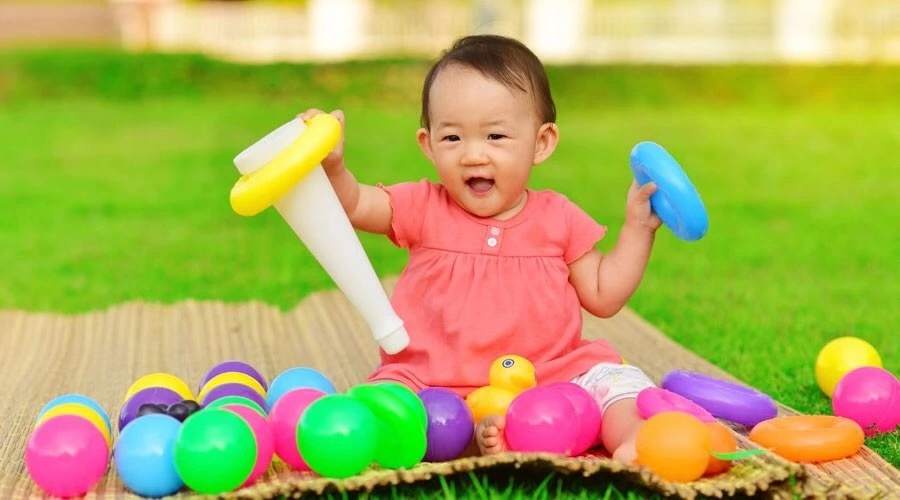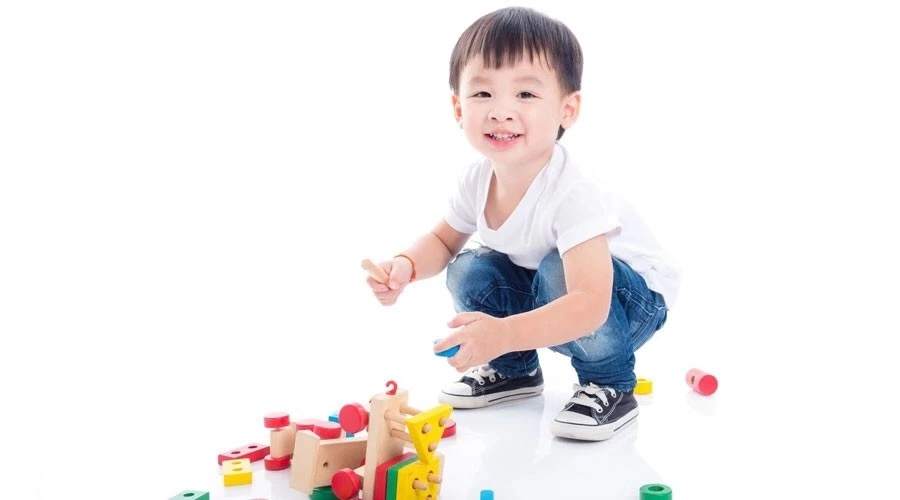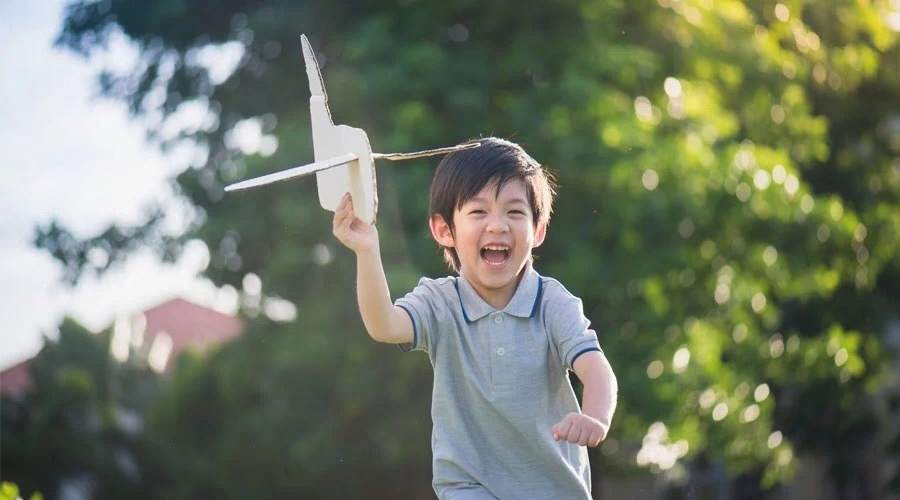Parents often complain:
Babies are always fond of throwing things. It doesn’t work. What can I do?
The child did not listen after throwing it. He will continue to throw it next time. My father and I help her pick up things every day.

Many parents have a deep understanding of this problem.
Ah… if you are not careful, you have to tidy up the food, tableware and toys all over the floor. That mood…
There are a lot of toys in the home, and they can play with them, but children just like to throw things around.
What the hell is this?
Baby throwing things is a process of developing intelligence.

Everything thrown out will fall off, and the situation of everything falling to the ground is different: the glass will fall off, the table tennis will play a few times and run further and further, and the water polo or tomato will splash with juice.
Curious babies in the family explore the causal connection between things in this way, slowly understand the world, cognitive ability is improving, is it not an exciting thing to develop intelligence?
Bao’s parents should provide enough things to throw and opportunities to throw things, which can also make them stop throwing things faster.
For example, bean bags, light and easy-to-grasp balls, sponge frisbees, gauze towels and so on are all good choices.
Baby throwing things is the growth of sports skills.

With the development of motor skills such as upper arm strength, grasping ability and hand-eye coordination ability, babies between the ages of 1 and 1.5 will begin to throw things.
Therefore, throwing things is a sign of the baby’s growth and should be a happy thing for parents.
At this time, it is useless for Bao’s parents to just tell them [can’t throw]. The appropriate way is to tell them that what can throw, what can’t throw, and where to throw.
For example, when a child throws chopsticks, he calmly walks over and tells him: “Chopsticks are for eating, you can’t throw them, you can throw them] and then finds a ball to throw at him.”
Another example is that Frisbee can be thrown outside, but not at home.
Baby throwing things is emotional and social development.

Children grow up and become self-conscious. They are eager to express their emotions, but they do not know how to use what language. They often use throwing things to express their unhappiness, tiredness, sleepiness or hunger. Sometimes, throwing things is also a way for children to express their social wishes and seek attention from others.
In addition to stopping children from throwing things, Bao’s parents should pay attention to observation and interpretation, respond in time, guide children to express their feelings, or find other expressions to seek attention.
For children who express their emotions by throwing things, their parents can teach them more reasonable ways to deal with them, such as stamping their feet and taking deep breaths.
Tell your child that you can calm yourself down through these ways, but you cannot throw things or do anything that may hurt yourself, your family or your pet.
Teach your child how to seek attention. Try role-playing. Parents can practice saying to each other with their children [come and play with me], or pat each other on the shoulder and say [I want to go out with you].
In this way, it is much better to understand the child’s needs and teach him specific social language than to roughly stop the child from throwing things.
For children of this age, it is generally useless to reason and discuss. To make children not throw things and abide by the rules, they have to rely on repeating the rules and reminding them over and over again.
The baby needs parents to help the baby practice self-control when throwing things.

For children aged 0-3, although they know more or less that their parents don’t like throwing things, they still can’t control themselves.
They did not deliberately rebel, but their brains had not developed to the point where they could consciously follow oral instructions and their self-control was very limited.
Therefore, parents should pay attention to distinguish their children’s self-control level and set some reasonable bottom lines to help their children practice and develop self-control.
Let’s imagine: If the baby grabs several toy trains and throws them on the wall, what should parents do?
Is it to stop the baby from getting angry, or is it to use this opportunity to help the child enhance self-control?
The correct approach is to [set the rules]:
Calmly tell him that the train cannot be thrown, but can be pushed or linked in a string to play, and make a correct demonstration. At the same time remind the child that if the train is thrown, the train will be put away.
It is very likely that the child will not listen, still throw the train at the wall, and will smile and respond to the parents.
At this time, the child is testing whether the bottom line of the rules can be broken. What parents should do is to stick to the rules and help their children learn to control themselves.
Parents should repeat the [rules] with their children again, and put away the train and tell him that if he wants to throw something, he can throw the ball.
Although the train was put away and the children would be a little unhappy, in the process, the parents did what they said and insisted on the rules without giving in, thus helping the children to enhance their self-control.
When the baby throws things, don’t get angry in a hurry. Respect for the baby’s needs is as important as letting the baby respect things and others.
